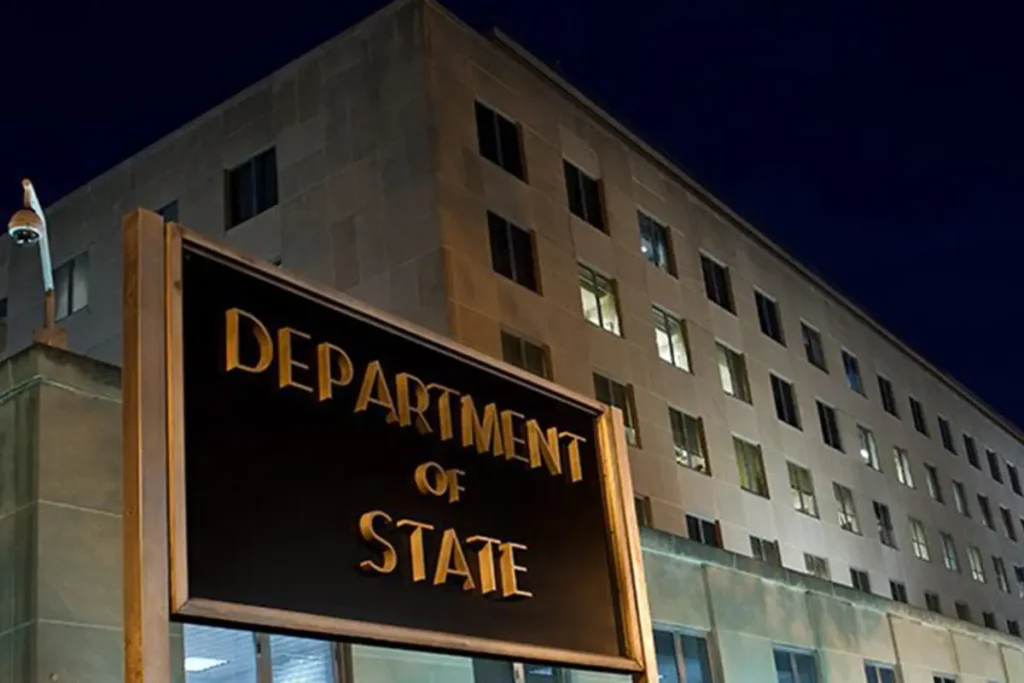Companies and countries competing to return to the Moon

Those competing to return to the Moon is quite an extensive list; from countries to private companies, despite the expense, want to stamp their flag on the natural satellite.
Five decades after the last Apollo mission, the Moon is once again in the sights of space exploration.
Those competing to return to the Moon with NASA want to take over from the world-famous space agency.
The number of astronauts who have walked on the Moon has remained the same for more than 50 years, only 12 people have had the privilege and all of them are Americans.
But those vying to return to the Moon may change the list of historic astronauts who have accomplished this epic deed.
Governments and commercial enterprises from Europe and the Middle East to the South Pacific are launching missions to orbit the Moon or land on its surface.
The historic bi-national competition between the U.S. and Soviet space agencies for lunar exploration has gone global.
Despite the success of the U.S. Apollo missions between 1969 and 1972, to date only five nations have landed on the Moon.
Read more: Ukrainian soldiers who have fallen in battle can have children
Companies and countries competing to return to the Moon
Among the countries competing to return to the Moon is China, one of the most ambitious countries in its goal.
After two successful orbital missions in 2007 and 2010, China landed the unmanned Chang’e 3 in 2013.
Six years later, Chang’e 4 became the first mission to land on the far side of the Moon.
The robotic Chang’e 5 returned lunar samples to Earth in 2020 and Chang’e 6, to be launched in May this year, will bring back the first samples from the hidden side of the Moon.
Under NASA’s Artemis lunar program, plans to bring astronauts to the lunar surface have been delayed until September 2026 at the earliest.
China, of course, may also experience delays in its launch schedule.
For its part, India’s Chandrayaan-3 lander touched down on the Moon’s surface in August 2023, and India has promised to send astronauts there on future missions.


India in the race
In August 2023, India became the fourth country to land on the Moon with the unmanned Chandrayaan-3, which landed near the lunar south pole.
Following its success, the chairman of the Indian Space Research Organization (ISRO) announced its goal of sending astronauts to the Moon by 2040.
Meanwhile, Japan’s Slim mission recently placed its Moon Sniper lander on lunar soil and became the fifth country to reach Earth’s closest neighbor.
Japan’s Jaxa space agency is also nearing the end of negotiations to send a Japanese astronaut to the Moon as part of the U.S. Artemis program.
Other countries – such as Israel, South Korea and numerous European Space Agency (ESA) member states – have also placed robotic spacecraft in lunar orbit.
NASA recently announced that the United Arab Emirates’ Mohammed Bin Rashid Space Center would provide an airlock for Gateway, its planned lunar-orbiting space station for Artemis missions.
Reasons for returning to the Moon would range from scientific knowledge and technological advances to the prospect of accessing potentially useful lunar resources and political or economic value.
Private companies are also competing.
Among those competing to return to the Moon is an American one, we recall that in January 2024, the Pittsburgh-based company Astrobotic launched the Peregrine 1 Mission.
It was the first U.S. spacecraft to attempt to land on the lunar surface since Apollo 17 in 1972.
Shortly after launch a “critical loss of propellant” occurred, it had to return home without landing.
As a result, the next U.S. commercial mission, Intuitive Machines IM-1, which launched on February 15 and intends to place its Nova-C lander on the Moon, has moved from second place to potentially first place.
In recent years, India has also seen a boom in space startups such as Pixel, Dhruva Space, Bellatrix Aerospace and Hyderabad’s Skyroot Aerospace, which launched India’s first private rocket in 2022.
In October 2023, a private Australian company, Hex20, announced a collaboration with Skyroot Aerospace and Japan’s ispace, which will attempt its second robotic lunar landing later this year and go deep into the field of those vying to return to the Moon.






